

Old Town
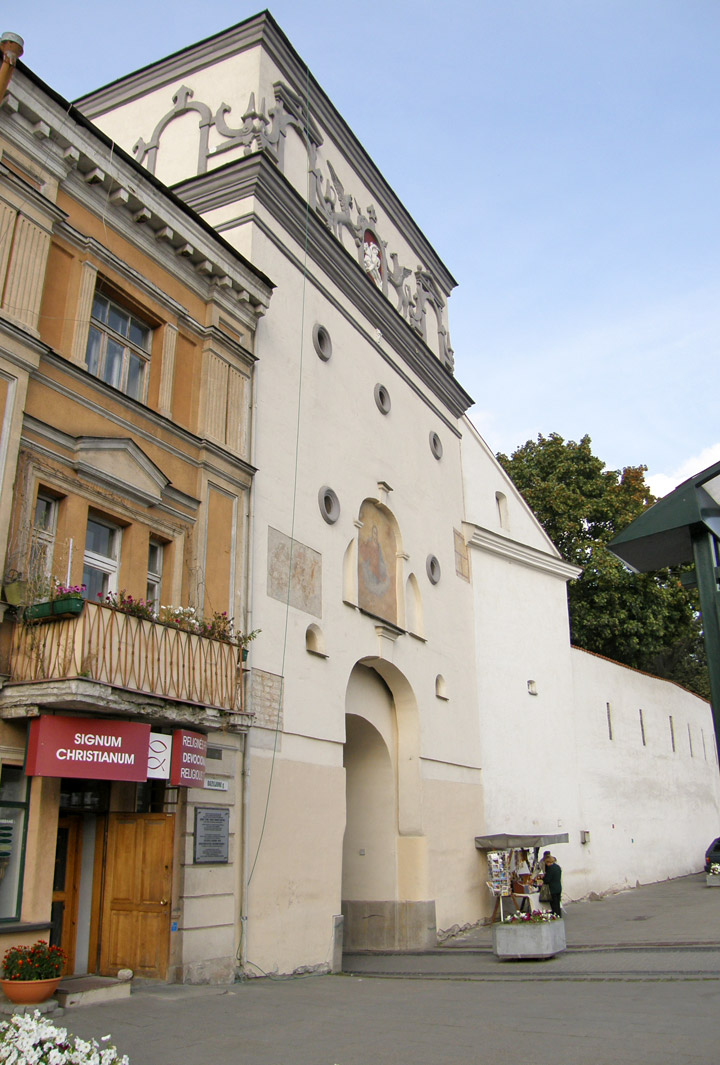
town gate
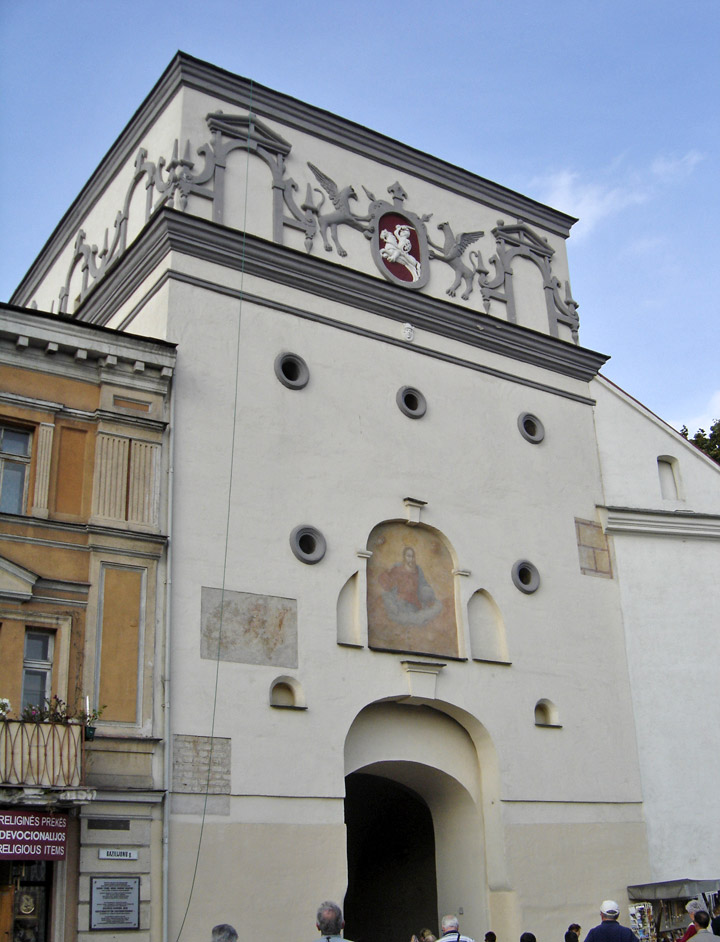
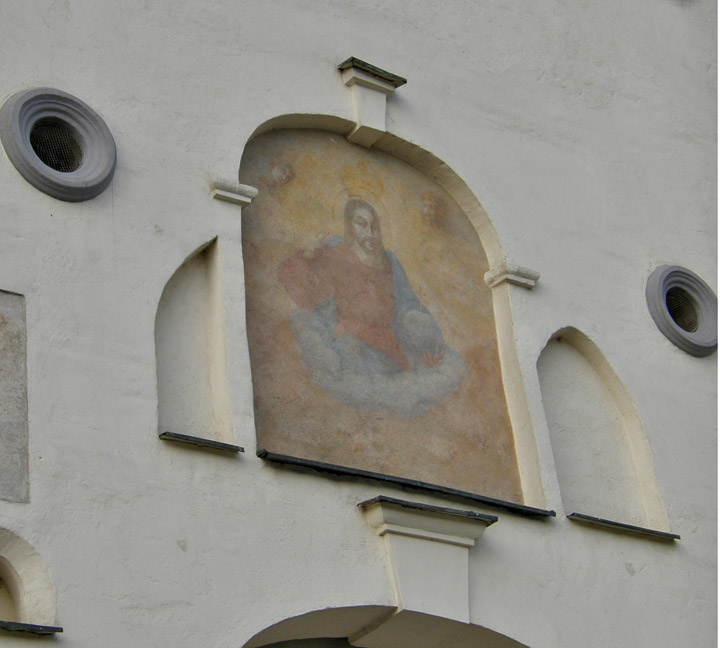

Gates of Dawn or Aušros Vartų
shrine,
where the famous painting of Our Lady of the Gates of Dawn (Aušros Vartų Marija),
revered by both Lithuanians and Poles is on permanent display.
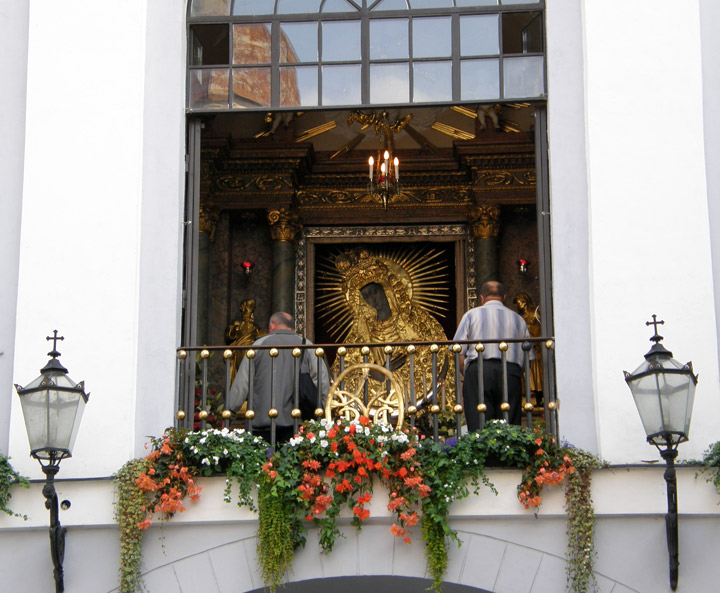
view of Our Lady of the Gates of Dawn
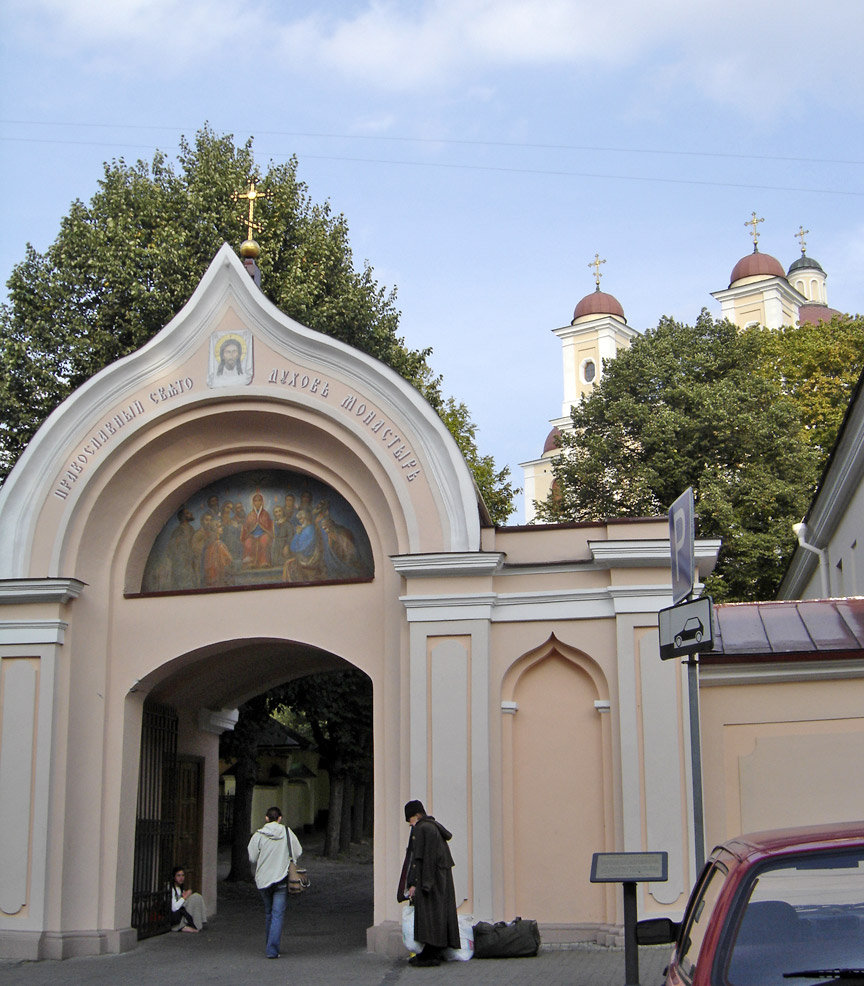
entrance to Russian Orthodox Church

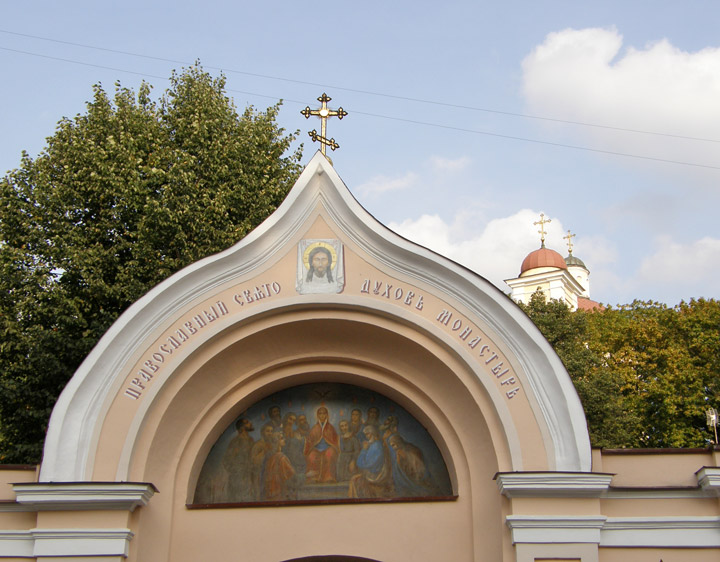


Orthodox Church of the Holy Spirit
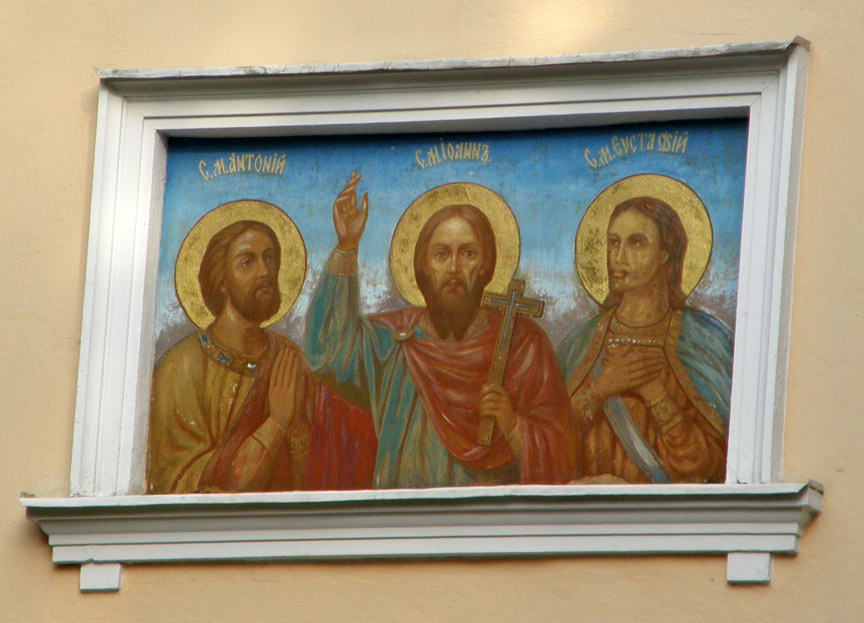
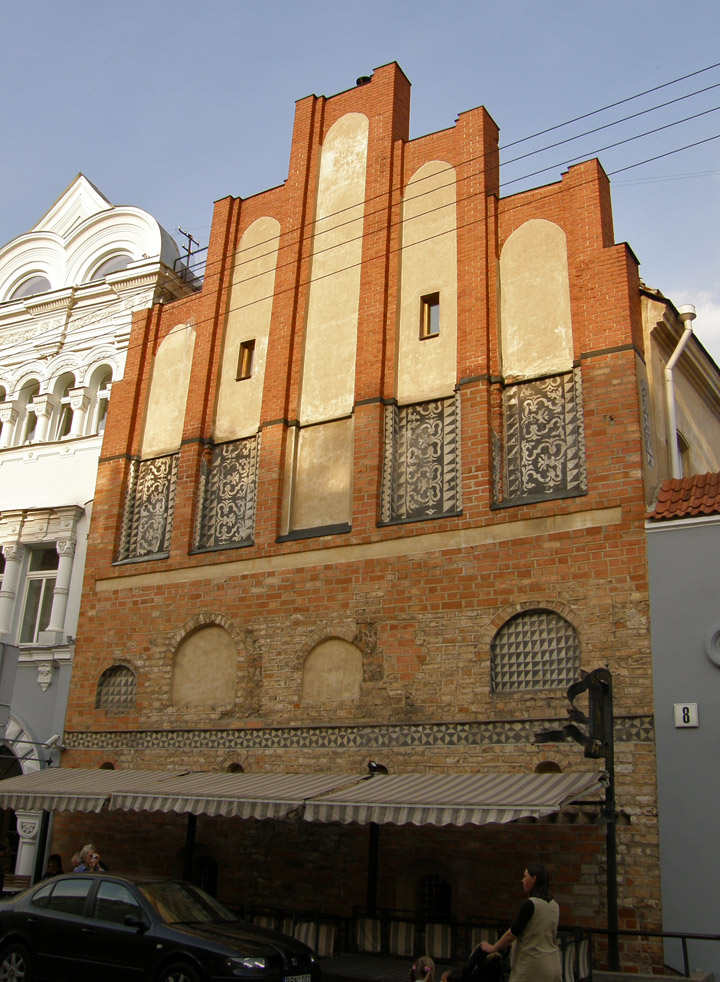
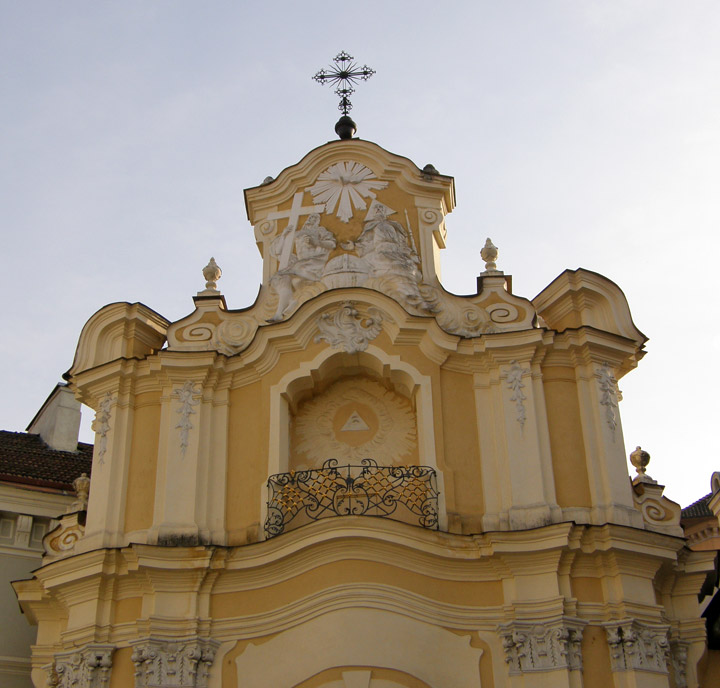
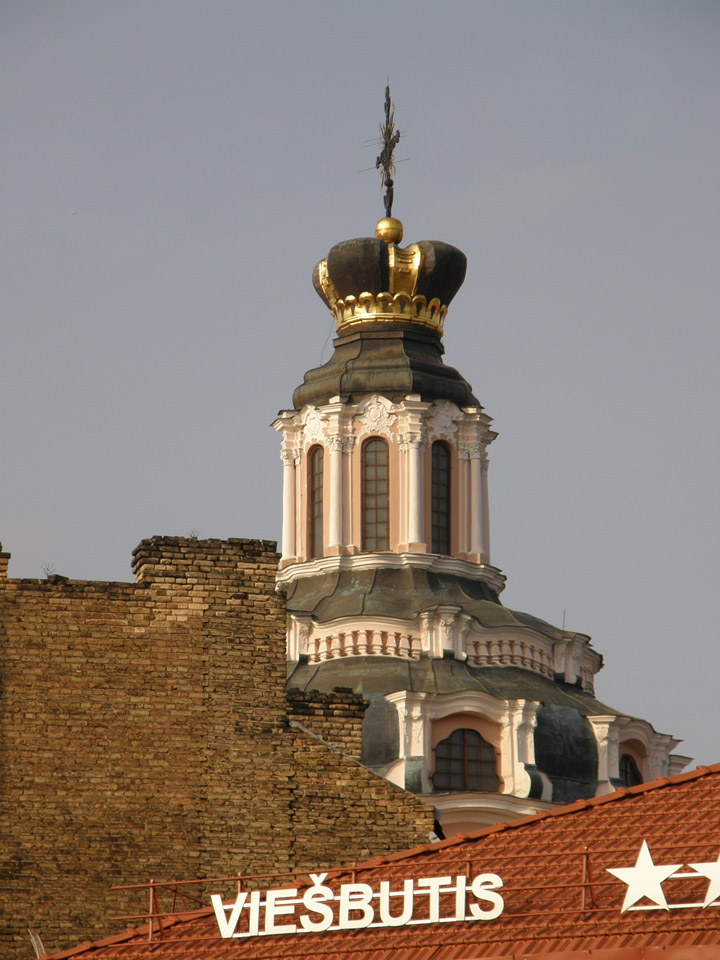
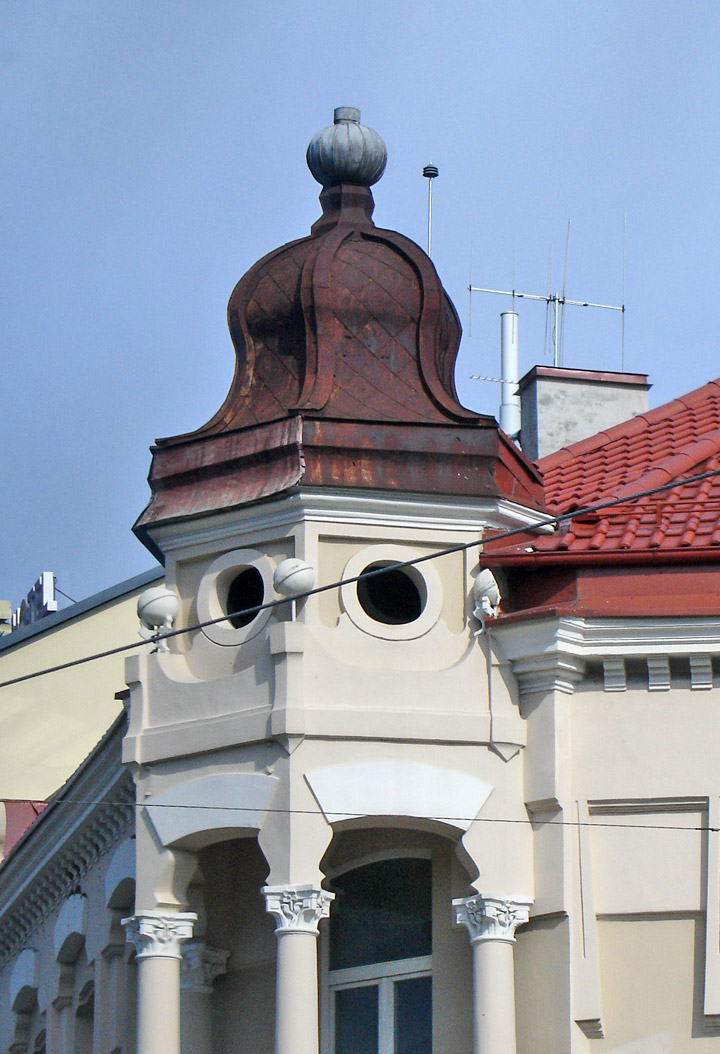
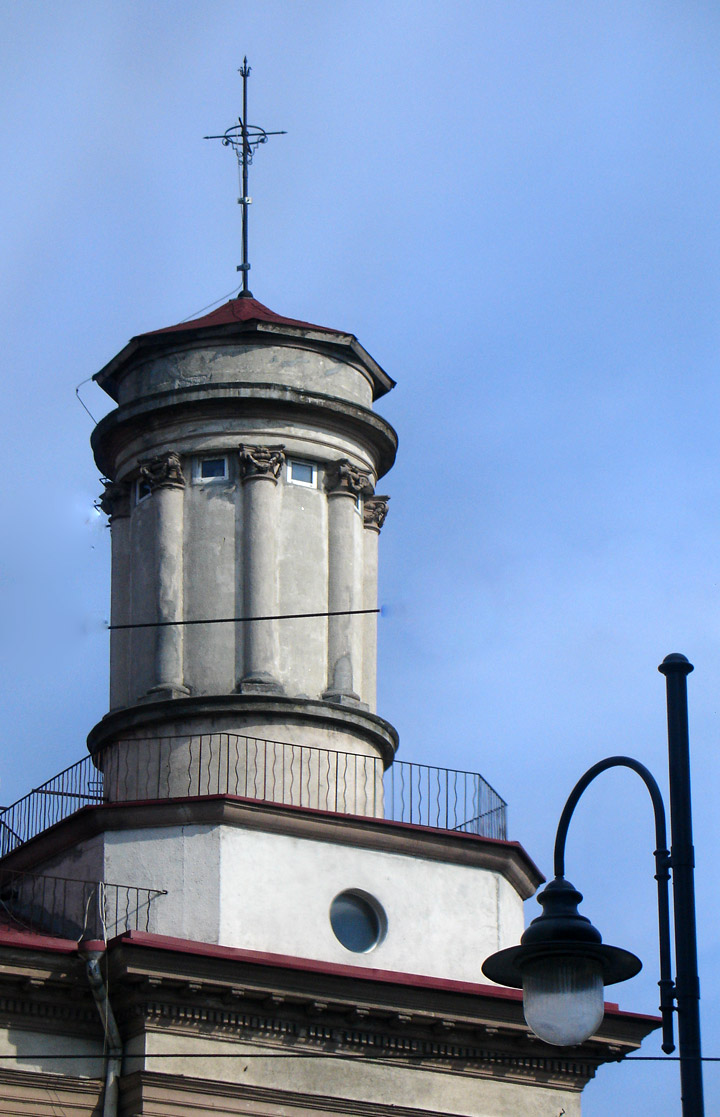
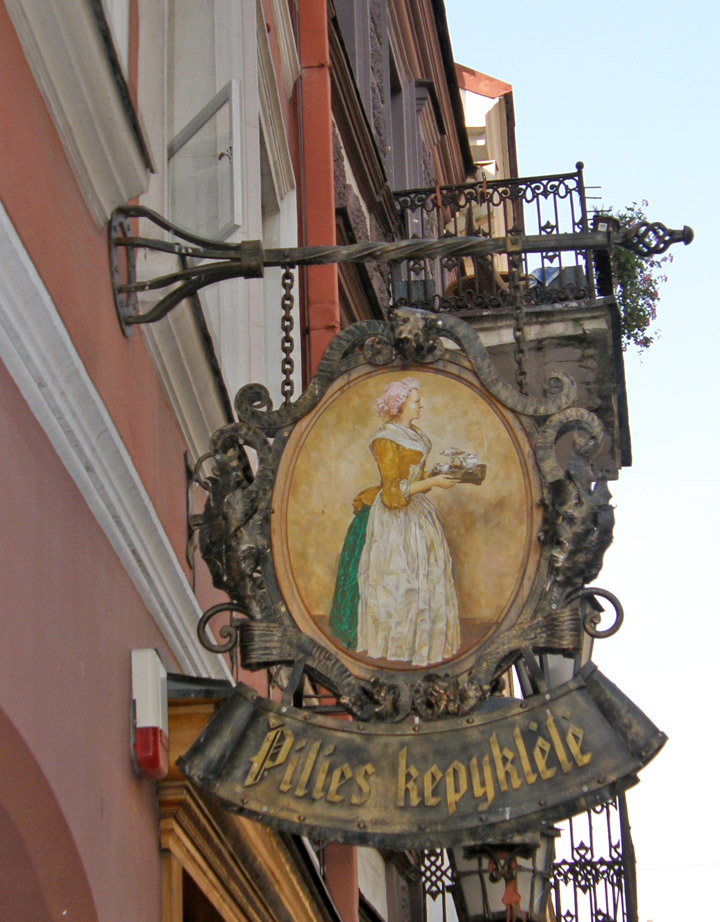

restaurants
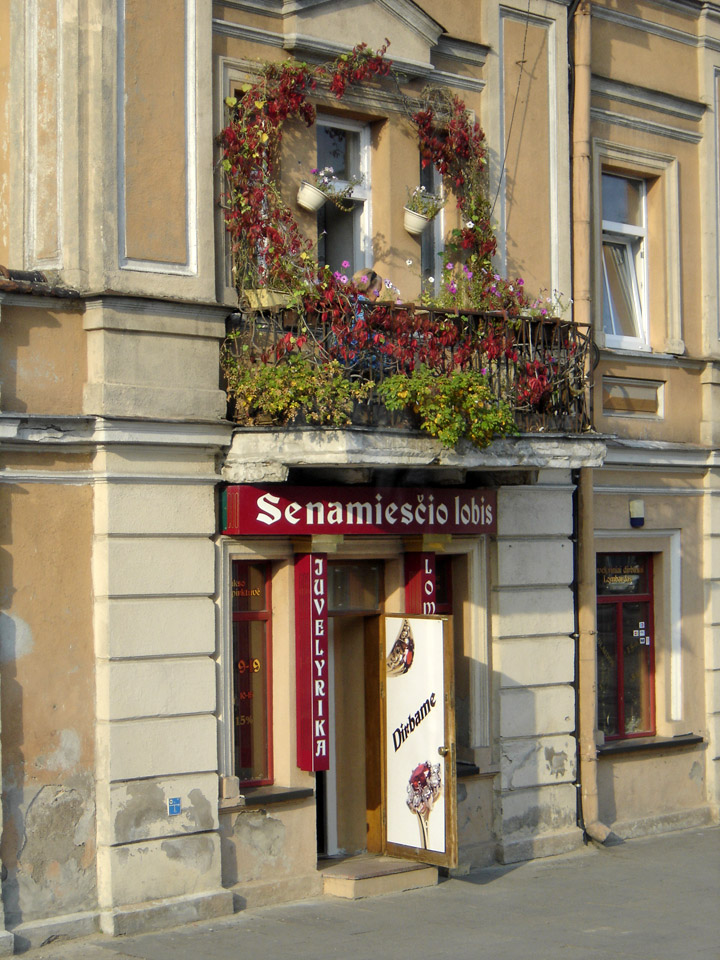

Orthodox Cathedral of the Theotokos
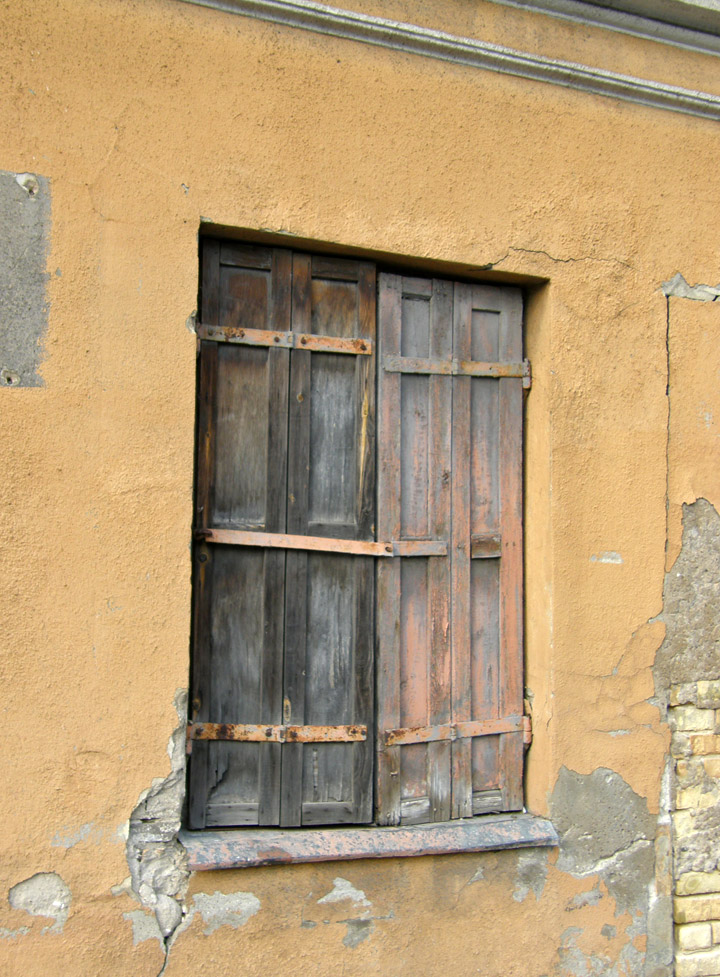
Amber
Amber is the common name for fossil resin or tree sap that is appreciated for its inherent and interesting mixture of colors and it is widely used for the manufacture of ornamental objects. Although not mineralized, it is sometimes considered and used as a gemstone. Most of the world's amber is in the range of 3090 million years old. Semi-fossilized resin or sub-fossil amber is called copal.

Amber Museum
The occurrence of insects inside Amber was duly noticed by the Romans and led them to the (correct) theory that at some point, Amber had to be in a liquid state to cover the bodies of insects. Hence they gave it the expressive name of Suceinum or Gum-Stone a name that is still in use today to describe succinic acid as well as succinite, a term given to a particular type of Amber by James Dwight Dana (see below under Baltic Amber). The Greek name for Amber was ηλεκτρον (Electron) and was connected to the Sun God, one of whose titles was Elector or the Awakener.
Heating amber will soften it and eventually it will burn, which is why in Germanic languages the word for amber is a literal translation of Burn-Stone (In German it is Bernstein, in Dutch it is Barnsteen etc.). Heated below 200°C, amber suffers decomposition, yielding an "oil of amber", and leaving a black residue which is known as "amber colophony", or "amber pitch"; when dissolved in oil of turpentine or in linseed oil this forms "amber varnish" or "amber lac". As mentioned above, Amber was well known for its electrostatic properties since antiquity (though not identified as such until the concept of electronic charge became clear).
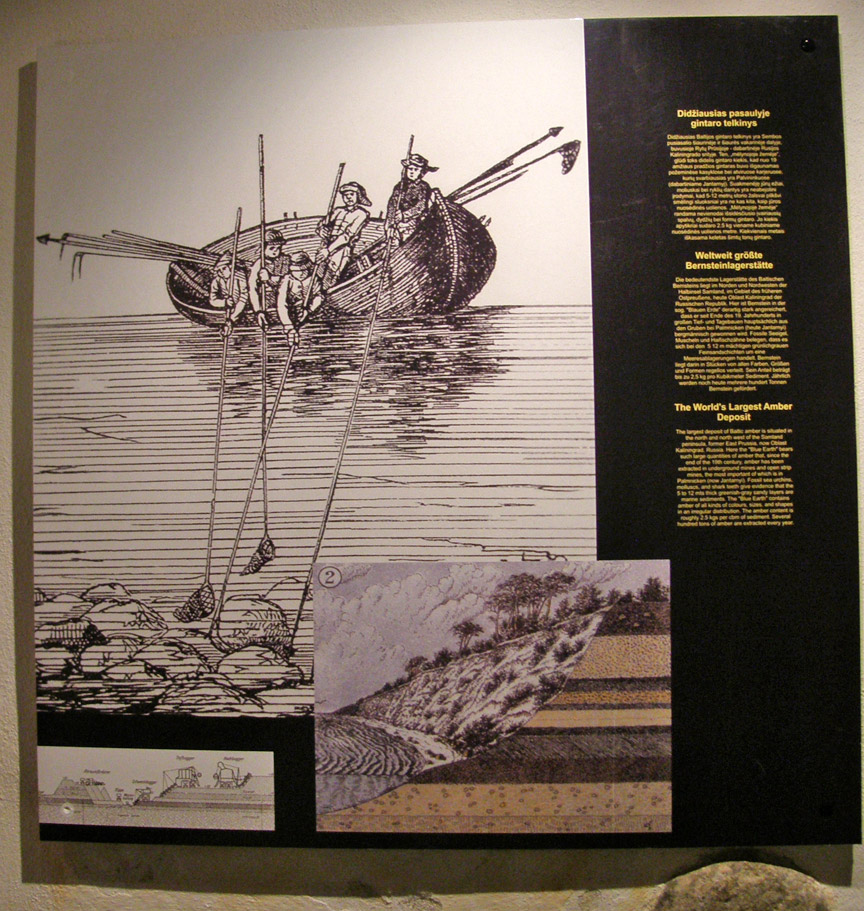
Although amber is found along the shores of a large part of the Baltic Sea and the North Sea, the great amber-producing country is the promontory of Sambia, now part of Russia. About 90% of the world's extractable amber is located in the Kaliningrad region of Russia on the Baltic Sea. Pieces of amber torn from the sea-floor are cast up by the waves, and collected at ebb-tide. Sometimes the searchers wade into the sea, furnished with nets at the end of long poles, which they drag in the sea-weed containing entangled masses of amber; or they dredge from boats in shallow water and rake up amber from between the boulders. Divers have been employed to collect amber from the deeper waters. Systematic dredging on a large scale was at one time carried on in the Curonian Lagoon by Messrs Stantien and Becker, the great amber merchants of Königsberg. At the present time extensive mining operations are conducted in quest of amber. The pit amber was formerly dug in open works, but is now also worked by underground galleries. The nodules from the blue earth have to be freed from matrix and divested of their opaque crust, which can be done in revolving barrels containing sand and water. The sea-worn amber has lost its crust, but has often acquired a dull rough surface by rolling in sand.
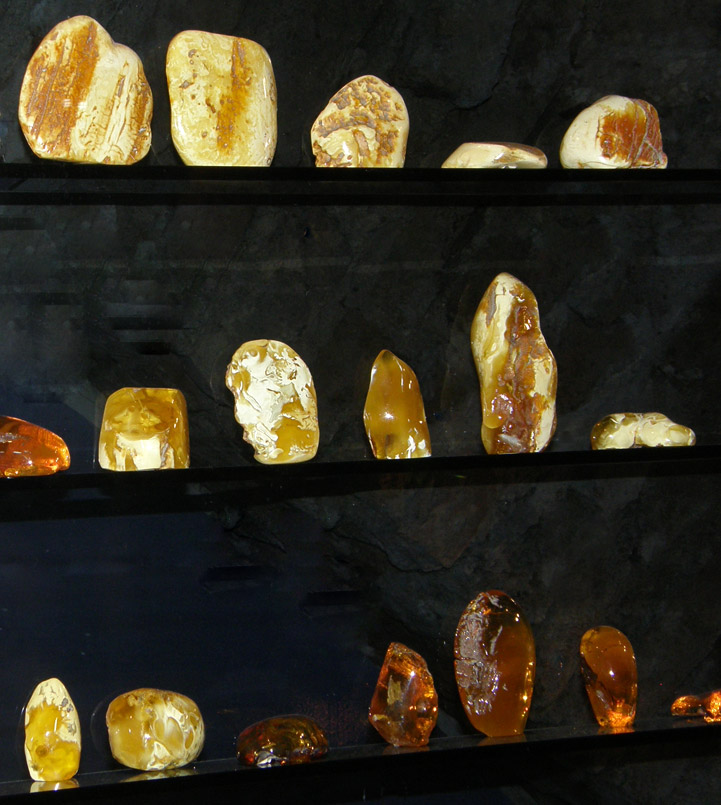
Amber samples
Since the establishment of the Amber Road amber (which is also commonly referred to as the "Lithuanian gold") has substantially contributed to Lithuanian economy and culture. Nowadays a great variety of amber jewelry and amber ware is offered to foreign tourists in most souvenir shops as distinctive to Lithuania and its cultural heritage. The Amber Museum containing unique specimen of amber has been established in Palanga, near the sea coast.
Text from Wikipedia